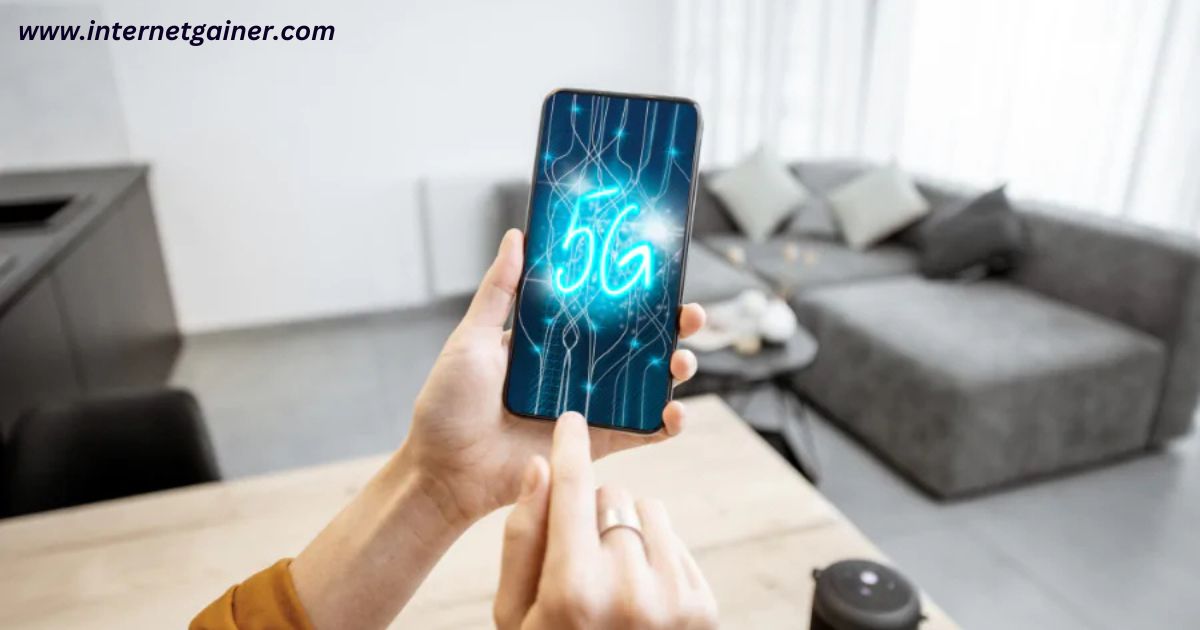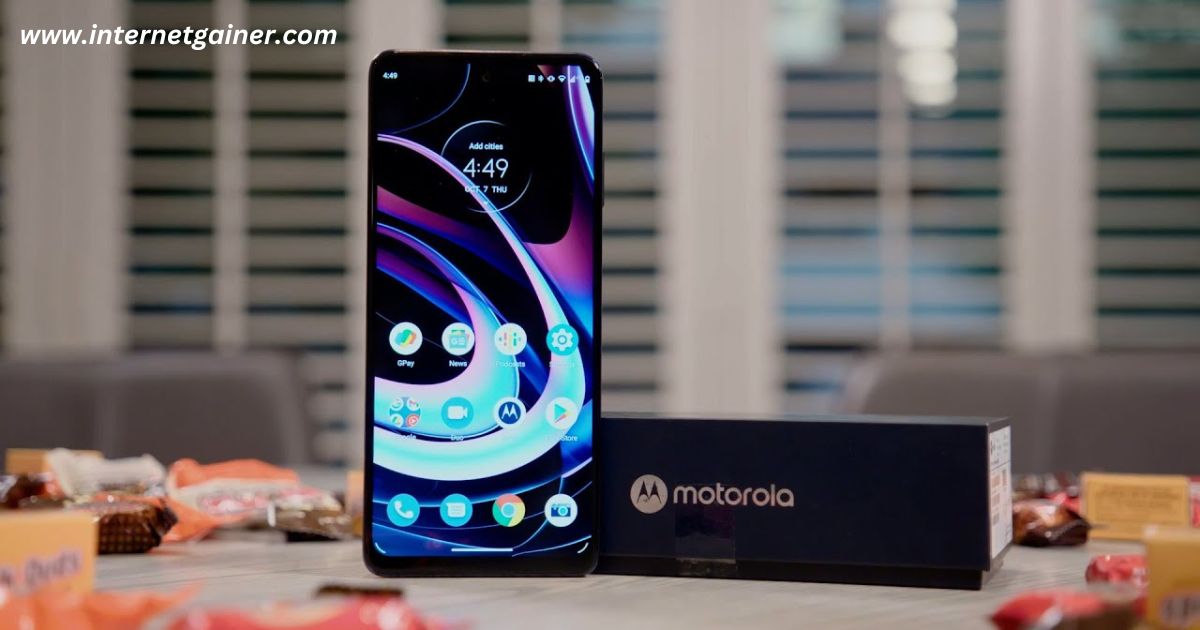The advent of 5G Ultra Wideband (UW) technology promises unprecedented speeds and reliability, but one significant challenge remains—maintaining optimal performance indoors.
Thick walls, reflective surfaces, and other structural barriers can hinder 5G UW signals, causing slower speeds and inconsistent coverage. This article explores practical solutions to mitigate indoor 5G UW slowdowns, ensuring a seamless experience for users.
Understanding the Problem: Why 5G UW Slows Indoors
Before addressing the solutions, it’s crucial to understand why indoor performance falters:
| Factor | Impact on 5G UW Signals |
|---|---|
| Building Materials | Dense materials like concrete, brick, and metal block signal penetration. |
| Signal Interference | Other wireless devices and networks create noise that disrupts signals. |
| High-Frequency Spectrum | Millimeter-wave (mmWave) frequencies, used by 5G UW, have limited range and penetration. |
| Indoor Layout Complexity | Multiple walls, floors, and reflective surfaces scatter or weaken signals. |
Solutions to Mitigate Indoor 5G UW Slowdowns

Solutions to Mitigate Indoor 5G UW Slowdowns
1. Deploying Signal Boosters and Repeaters
Signal boosters and repeaters amplify weak signals, extending coverage into hard-to-reach indoor areas. These devices can be strategically placed in signal-deprived zones to enhance reception.
Example: A 5G repeater installed in a basement can significantly improve connectivity where signals struggle to penetrate thick walls.
2. Utilizing Small Cells
Small cells, which are low-power cellular base stations, are pivotal in addressing indoor coverage issues. They function as localized signal hubs, bringing 5G UW closer to users within buildings.
- Advantages:
- Improved signal strength in dense environments like offices and shopping malls.
- Enhanced capacity for handling multiple users simultaneously.
3. Adopting Wi-Fi 6 as a Complement
While waiting for more robust indoor 5G UW solutions, Wi-Fi 6 can act as a complementary network. It offers high speeds, low latency, and the ability to offload traffic from cellular networks. Hybrid setups combining 5G and Wi-Fi are particularly effective in enterprise settings.
4. Optimizing Network Design
Carriers can optimize network infrastructure by:
- Increasing the density of 5G base stations near urban and suburban indoor spaces.
- Enhancing beamforming technologies to direct signals effectively into buildings.
5. Leveraging Advanced Building Materials
Emerging technologies, such as transparent conductive materials, can enable windows to act as signal conduits rather than barriers. Retrofitting buildings with such materials can significantly improve indoor 5G penetration.
Future Innovations: Addressing the Long-Term Challenges
The future of mitigating indoor 5G UW slowdowns lies in:
- Integration of AI and Machine Learning:
Predictive algorithms can dynamically optimize signal delivery based on real-time indoor usage patterns. - 5G mmWave Enhancements:
New technologies like reflective intelligent surfaces (RIS) are being developed to redirect mmWave signals around obstacles. - Satellite Augmentation:
Low-Earth orbit (LEO) satellites could supplement 5G UW networks by providing additional coverage in difficult-to-reach indoor locations.
Conclusion
Mitigating indoor 5G UW slowdowns requires a multi-faceted approach involving technological upgrades, innovative infrastructure design, and strategic network deployment.
By combining current solutions with future innovations, service providers and users can unlock the full potential of 5G Ultra Wideband, ensuring reliable indoor connectivity for all.
As 5G adoption grows, proactive measures will bridge the gap between outdoor and indoor performance, making ultra-fast connectivity an everyday reality, no matter where you are. For more 5g Internet information check the internetgainer.
